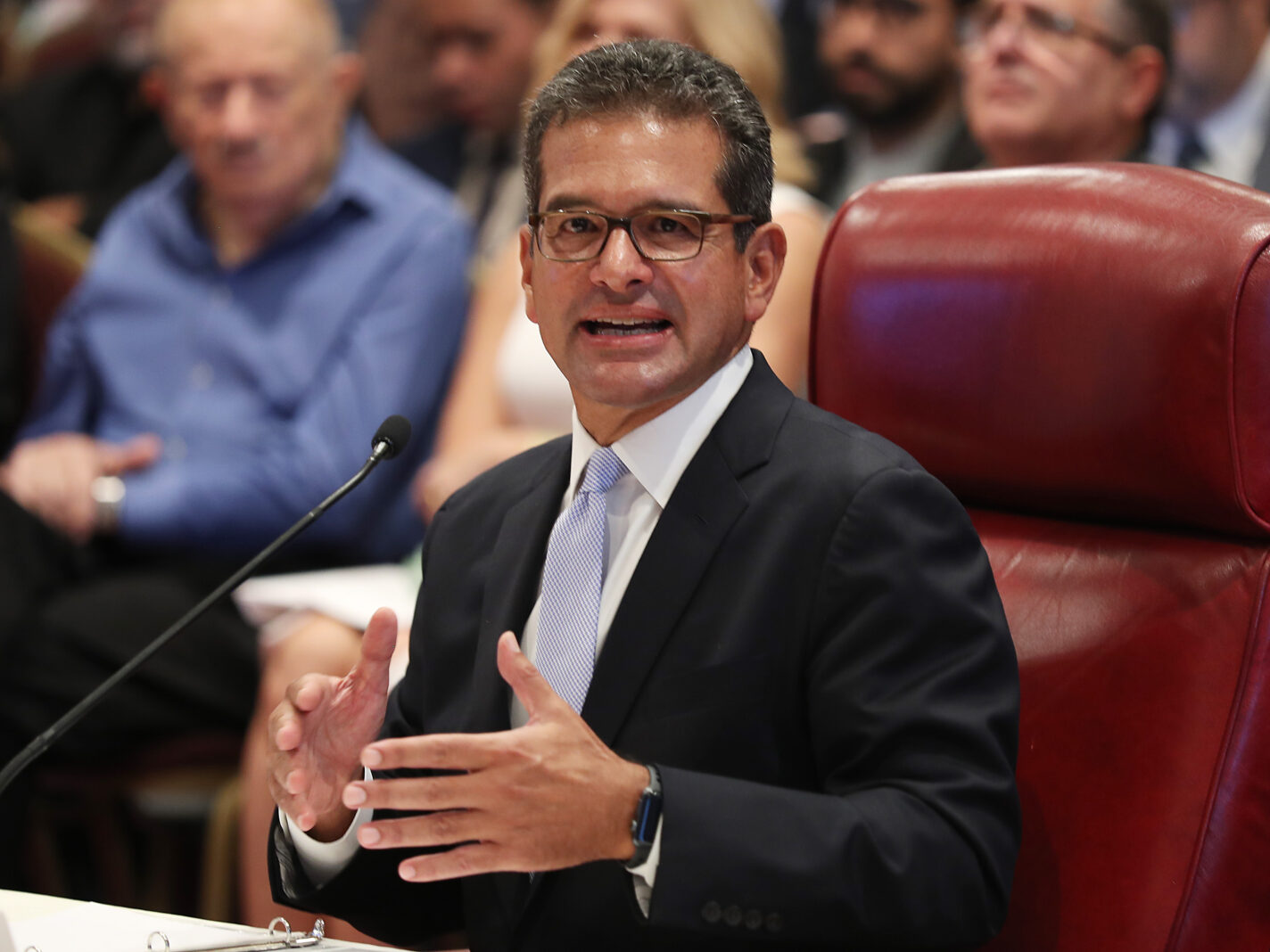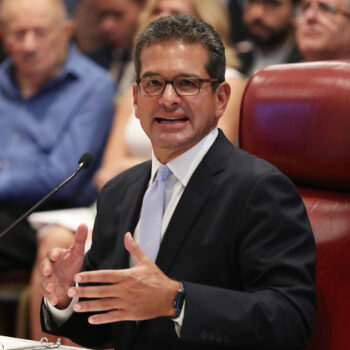Puerto Rico Governor Pedro Pierluisi signed a bill that would cut the U.S. territory’s debt by half into law on Tuesday. The move advances the bill further but is far from ending the matter as the federal control board who oversees the finances of Puerto Rico has indicated in the past they would not approve the law.
At issue is the $70 billion in public debt owed by Puerto Rico. The newly signed law would cut it by more than $30 billion while at the same time issuing new debt worth $10 billion and adding $7 billion more in cash for unpaid bondholders.
In 2015 Puerto Rico announced it would not pay the debt and began a process similar to bankruptcy. Several factors account for the debt accrual including bond issuance due to tax advantages set in place by the U.S. federal government and the continued fallout from Hurricane Maria.
Following the 2015 announcement of nonpayment, the government filed for the biggest municipal bankruptcy ever in the United States. Earlier this year the oversight board filed a restructuring plan. That plan included public pension cuts that would affect 40,000 Puerto Rican retirees. It also suggested cuts to the University of Puerto Rico, the island’s largest public university, and funding to 78 municipalities on the island. Not surprisingly, the Puerto Rican government did not agree with the plan.
The law passed on Tuesday barely made it past the Senate with a 14-13 vote in favor of passing and a House vote of 34-12. The numbers however are of little consequence as the law is still without the support of the control board.
“Despite great obstacles, today we have taken a big step forward to end the bankruptcy and leave the fiscal control board,” Gov. Pierluisi said in a written statement yesterday after signing the bill into law.
For their side, the control board said they would take a look at the bill that was signed into law, though they have said repeatedly they would not approve it.
So what is next? A federal judge Laura Taylor Swain is scheduled to oversee a confirmation hearing on the plan on November 8. The expectation is however that both sides will go into mediation.




